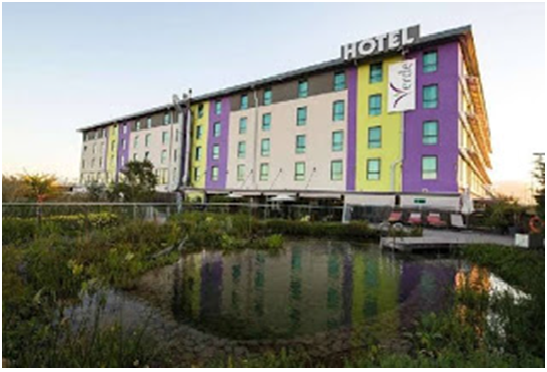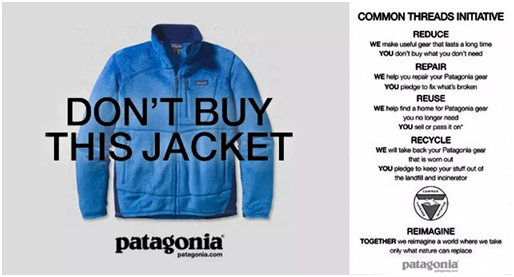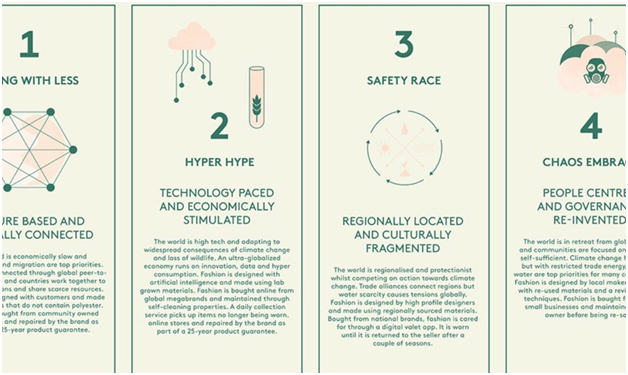
The Sustainability Management School (SUMAS) in Switzerland is the first ever business school to offer high-level academic education in Sustainability and Management. Giri Prasath Rajarathinam is a second year student here with SUMAS.
Prior to his completing the MBA in Sustainability Management with SUMAS in Gland, Switzerland, he worked in financial auditing. He’s also achieved a Bachelor of Commerce degree from the PSG college of Arts & Science, India.
Here, he shares his journey in sustainability management and thoughts on youth lead climate action.
Why did you choose to pursue the MBA in Sustainability Management? Was there an experience that made it clear this was what you wanted to dedicate your life's work to?
My journey with the environment began at The Laidlaw Memorial School & Junior College in Nilgiris, India, where environmental education was compulsory from the seventh grade. Living there in a valley surrounded by greenery and a pollution free environment for twelve years, is what made me take a greater and stronger stand for the environment.
I dropped mathematics in the eleventh grade to take environmental science, even though I already had environmental education as a mandatory subject. This lead to my choosing sustainability, as it had all three pillars – economic, environmental and social.
Can you share an overview of the international requirements of sustainability management?
Globally, at present, the number of businesses integrating sustainable practices and policies as part of their day to day activities and business operations has been at an all-time high since the signing of the Paris agreement.
Although the science behind climate change and sustainability is technical and more suited for a person with an engineering background, companies also need people with business and management backgrounds who understand these policies and know how to integrate them from board-room level to ground force.
Integration is where sustainability management graduates come in.
Sustainability is in high demand in these industries:
- Textile
- Agriculture
- Finance
- Raw material procurement
- Business design
- Policy making
- Healthcare
You wouldn't be in this field if you didn't have hope for a positive long-term outcome to the environmental crisis. Can you speak to what gives you motivation and belief in change?
The definition of sustainability says “Meeting the needs of the present without compromising the ability of future generations to meet their needs”.
What do they mean by “future generations”? In my opinion humankind thinks as far as four generations into the future. That may account for a maximum of two hundred to two hundred and fifty years.
Research already says that we have emitted enough Greenhouse gases (GHGs) into the atmosphere, which will go on to have its effect for the next hundred years minimum, even if we stop using conventional fuels right now.
At the current rate of humans’ switch to renewable sources of energy, we will have the effects of climate change for the next three hundred plus years. For sustainability to reach every nook and corner of the globe, it will take at least another decade.
The so-called developed countries have been doing well with the switch to renewable energy and integrating sustainability practices in their businesses. But what about the under developed countries, where the most impact and change needs to happen?
This is where the long-term vision of sustainability comes into play. Even though the countries have signed the Paris agreement, they all have their own targets on a national level:
- to reduce GHGs
- switch to renewable energy sources
- make sustainable changes on all levels ranging from sectors to departments
These in addition are even longer term visions:
- Helping under developed countries achieve their targets through knowledge transfer
- Implementing cradle to cradle business models
- Initiating responsible investments (impact and thematic investing and climate bonds) from developed countries in a swift and efficient manner
The oil industry and capitalistic organisations are against the sustainability trend and therefore slow down the process.
The people who put them in power are demanding the change and that’s where my belief is vested – the people.
You're going on to do the second-year internship, correct? Can you share what your focus will be and why?
Yes, I have completed my MBA in Sustainability Management (1 year) and have continued to do the Professional Development Program (PDP) with Internship (1 year).
My focus is towards joining the finance sector.
Every organisation needs finance to run. If finance is invested in the right place impact created is two-fold.
If you cut out the inflow of money to these polluting organisations, they won’t be able to function and will switch to a more sustainable approach.
Companies are rated on the following factors (ESG):
- Environmental
- Social
- Governance
With the sustainable finance sector gaining traction day by day, you can now choose to invest based on which ESG factors align with the beliefs and themes where you would like to make an impact.
Investors are becoming aware of the climate emergency and are turning away from organisations that are promoting environmental destruction in favour to those taking these sustainability factors into account.
What are your thoughts on the youth taking leadership on Climate Action?
It has reassured my beliefs in the younger generation, clearly defining that they are willing to go out there and do what is necessary for change to happen. They have every right to go out there, seek answers and get the best for themselves, because if leaders do not take any action today, the younger generations are the ones next in line that are going to truly bear the brunt of climate change.
With role models like Greta Thunberg headlining the protests, more youth will be motivated to join for a cause which will do greater good.
Were you involved in any of the #ClimateStrikes?
I was a participant in three climate marches in Geneva that happened between February and April.
What outcomes were you hoping for, specific immediate ones as well as ongoing ones?
I really was hoping for governments to make changes on a legislative level, considering the support they would get (But yeah, that was a little too much of me to expect).
I am looking for more changes primarily in the switch to renewable energy (Public & Private) and transport sector (electric cars and electric grid buses).
In my opinion these sectors are where a lot can be done to help curb the current rate of GHG emissions.
Do you believe youth-lead strikes are the most powerful way to motivate authorities to take notice?
Yes, I do. Take Greta Thunberg for example. With her work, she has been able to give powerful speeches in front of global leaders within Europe and at the World Economic Forum in Davos.
As Greta Thunberg said and I quote “They see us as a threat because we’re having an impact”.
What is more powerful than youth having an impact on an issue that concerns the wellbeing of all humankind?
What is your take away advice to anyone who feels the climate crisis is an insurmountable issue?
Climbing Mt Everest before Edmund Hillary and Tenzing Norgay achieved it was an insurmountable task to many.
- Since the first ascent people have carefully studied the terrain and climatic factors before a successful summit.
- For the past two decades adventure companies now help you summit successfully.
- They all work together as a team - the local Sherpas, the experienced mountaineers and the client that are summiting.
The same steps need to be done for finding solutions for the climate crisis – we need to work together and assess our possibilities for a sustainable future from models created by scientist’ data.
That’s exactly what Sustainable Development Goal (SDGs) 17 says – Partnership for the Goals. The SDGs cover most of the issues that come under sustainability, partnering and working together, helps us learn to bring about peace and live in harmony.



 Log in with Facebook
Log in with Facebook 












